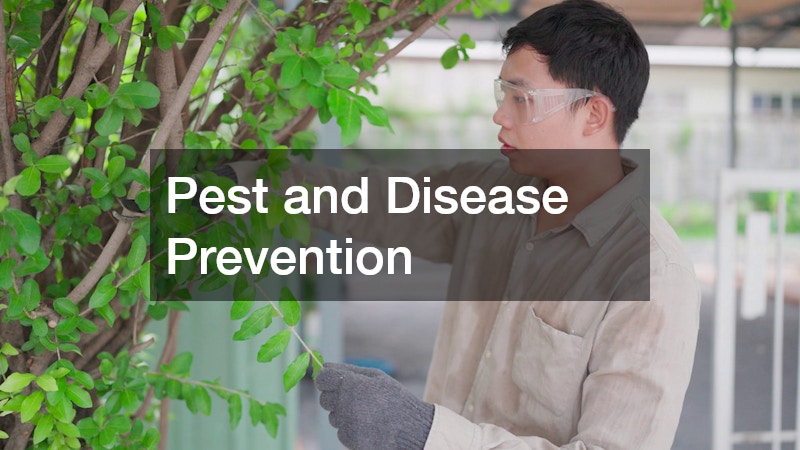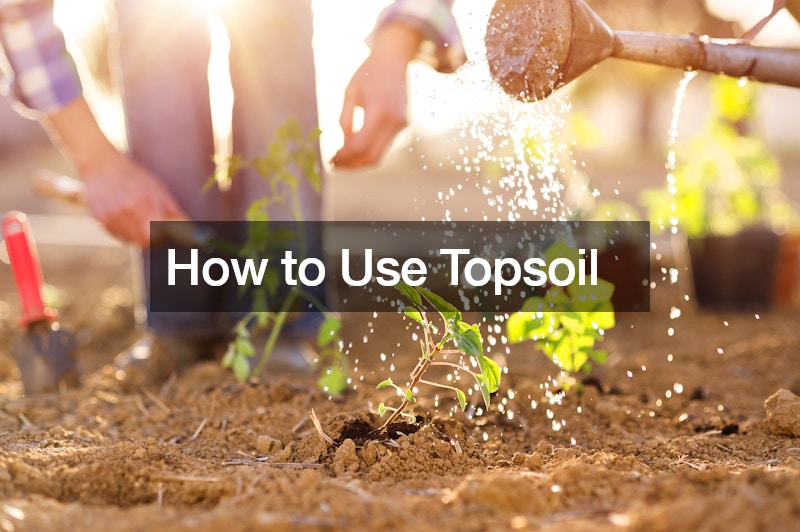Trees are more than just a beautiful addition to your landscape—they are essential for the environment, providing oxygen, shade, and habitats for wildlife. Maintaining tree health requires attention, knowledge, and sometimes professional assistance. While many homeowners understand basic tree care, there are several secrets and best practices that can significantly improve the longevity and vitality of your trees. By following expert advice, you can ensure that your trees remain healthy, strong, and vibrant for years to come.
Proper Planting Techniques
The foundation of a healthy tree begins at planting. Many tree problems stem from improper planting methods, such as planting too deeply, not preparing the soil adequately, or selecting the wrong species for the location.
Trees should be planted at the same depth they grew in the nursery, with the root flare visible above the soil line. The soil should be well-drained and enriched with organic matter to provide essential nutrients. Consulting a local tree company can help ensure your trees are planted correctly and given the best start.
Spacing is also critical. Crowding trees too closely can limit growth, reduce air circulation, and increase susceptibility to pests and diseases. Consider the mature size of the species and plan accordingly. Mulching around the base of the tree helps retain moisture, regulate soil temperature, and prevent weeds. However, avoid piling mulch directly against the trunk, as this can lead to rot and pest infestations.
By taking the time to plant trees correctly, you lay the groundwork for decades of healthy growth, reducing the need for interventions later.
Regular Pruning and Maintenance
Pruning is another essential practice for maintaining tree health. Proper pruning removes dead, damaged, or diseased branches, allowing the tree to focus its energy on healthy growth. It also improves airflow and sunlight penetration, which helps prevent fungal infections and encourages strong structural development.
Timing matters when it comes to pruning. Most trees are best pruned during their dormant season, usually late winter to early spring. This minimizes stress on the tree and reduces the risk of disease spread. Avoid heavy pruning in the growing season, as it can leave the tree vulnerable to pests and slow its recovery.
Maintenance goes beyond pruning. Inspect your trees regularly for signs of distress, such as discoloration, wilting leaves, or unusual growth patterns. Early detection of problems allows for timely intervention, which is often more effective and less costly than attempting to correct severe issues later.
Nutrient Management
Healthy trees need the right balance of nutrients to thrive. While some trees may get sufficient nutrition from native soil, others may require supplemental fertilization. Soil testing is the best way to determine nutrient deficiencies and guide a fertilization plan tailored to your specific tree species and location.
Nitrogen, phosphorus, and potassium are the primary nutrients required for growth, but trace minerals like iron, magnesium, and zinc can also play a crucial role. Over-fertilization, however, can harm trees by causing excessive, weak growth or damaging roots. Always follow recommended guidelines and avoid applying fertilizer too close to the trunk, as this can burn the roots.
Watering is another key aspect of nutrient management. Young trees, in particular, require consistent moisture to establish roots. Deep, infrequent watering encourages roots to grow downward, promoting stability and resilience. Avoid frequent shallow watering, which can create weak, surface-level roots susceptible to drought and wind damage.
Pest and Disease Prevention
Even well-maintained trees can fall victim to pests and diseases. The best approach is proactive prevention. Monitor your trees for early signs of infestation, such as holes in leaves, sticky residue, or abnormal growths. Promptly removing affected branches and applying appropriate treatments can prevent widespread damage.
Integrated pest management (IPM) is a sustainable approach that combines biological, cultural, and chemical methods to protect trees. For instance, introducing beneficial insects can help control harmful pests naturally. Selecting disease-resistant tree species and practicing proper sanitation—like cleaning up fallen leaves and debris—also reduces the likelihood of infections spreading.
Engaging with a local tree company can provide valuable insights and hands-on support for pest and disease management. Professionals can identify subtle warning signs that many homeowners might overlook, ensuring that intervention occurs before minor issues escalate into serious threats.
Healthy trees are a testament to careful planning, regular maintenance, and informed care. From proper planting and pruning to nutrient management and pest prevention, every step contributes to their longevity and vitality. While some tree care tasks can be handled by homeowners, consulting a local tree company for expert guidance ensures that your trees receive the best possible care. By adopting these strategies and paying attention to your trees’ needs, you can enjoy a thriving landscape that enhances both your property and the environment for years to come. Remember, investing a little time and effort in tree care now can prevent costly problems in the future and keep your landscape flourishing.





